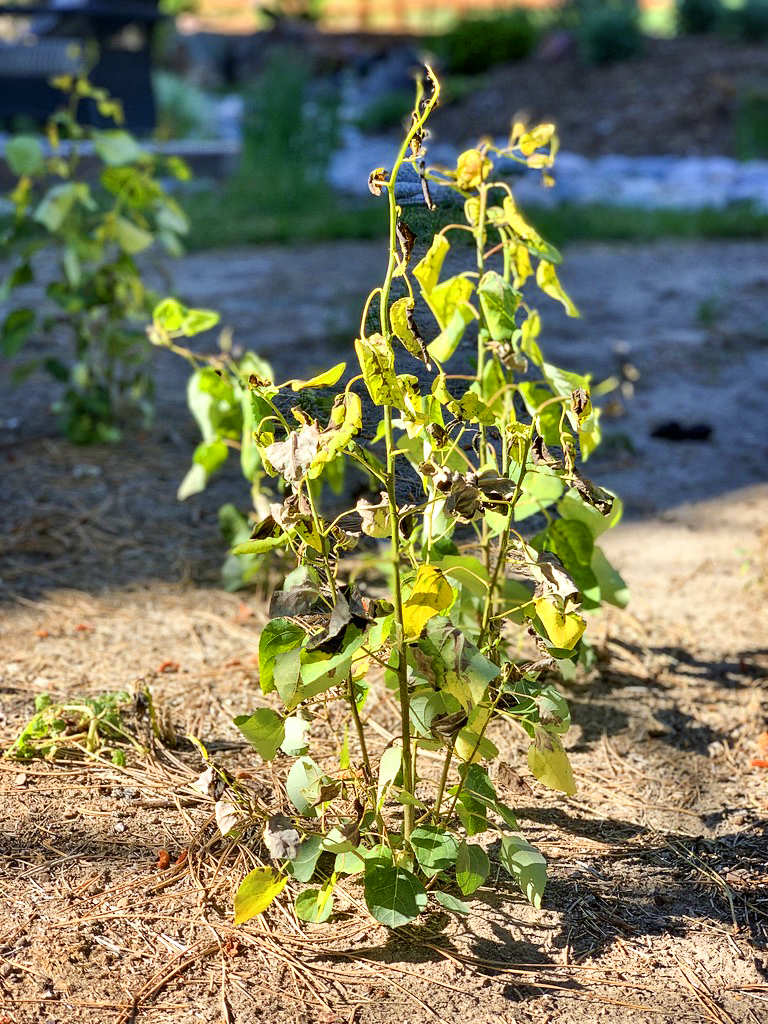Aspen shoots
Article and photos by Carin R. Kirkegaard

Spraying aspen saplings may appear to kill them, but if the anchor tree is strong enough, the sapling will come back.
The aspen is arguably the state’s most recognized tree. From the crowd-drawing vibrant yellow leaves that quake in the breeze topping showy white trunks, the groves of aspens throughout the state are considered part of the largest singular organism whose life force is found underground in the extensive root system.
In order to sustain life, the aspen roots continually put up new saplings that will grow into large trunks if there is adequate space and light. In nature, the function of the aspen tree is to spread quickly and provide cover for seedlings of conifer seeds found in pine cones in the forest, especially in eroded or burned out areas. As the forest matures, the aspens above ground die out. The typical lifespan for an aspen tree in a landscaped environment is usually between five and 10 years at elevations lower than 7,000 feet. When those shoots start to appear in yards along borders and in flower beds, it can be a blessing or a curse.
If it’s a curse, the only certain way to prevent unwanted aspen shoots is to kill the mother or “anchor” tree. Craig Miller, Parks and Open Space manager for the Castle Pines North Metro District and a certified arborist, recommends removal of the anchor tree altogether. The remaining stump can be ground out or a concentrated glyphosate herbicide can be painted on it. This herbicide will spread throughout the root system and kill any future saplings.
If a homeowner wants to keep the anchor tree, Miller says the best way to keep the sprouting shoots at bay is to either continue to cut them out of borders and beds or mow the tender shoots that spring up in the yard. While this aesthetically works, there will still be sharp sticks if one is walking barefoot in the yard, and it is not a permanent solution and will need to be continued.
Another common answer is to apply a weed and feed herbicide on the sucker. Miller cautions that these options can weaken the mother tree, leaving it susceptible to insects and disease. It is important to remember that the suckers are a part of the anchor tree’s root system, so whatever you do to one effects the other.
The best way to ensure that there aren’t any unwanted aspens is to simply not plant them, said Miller.